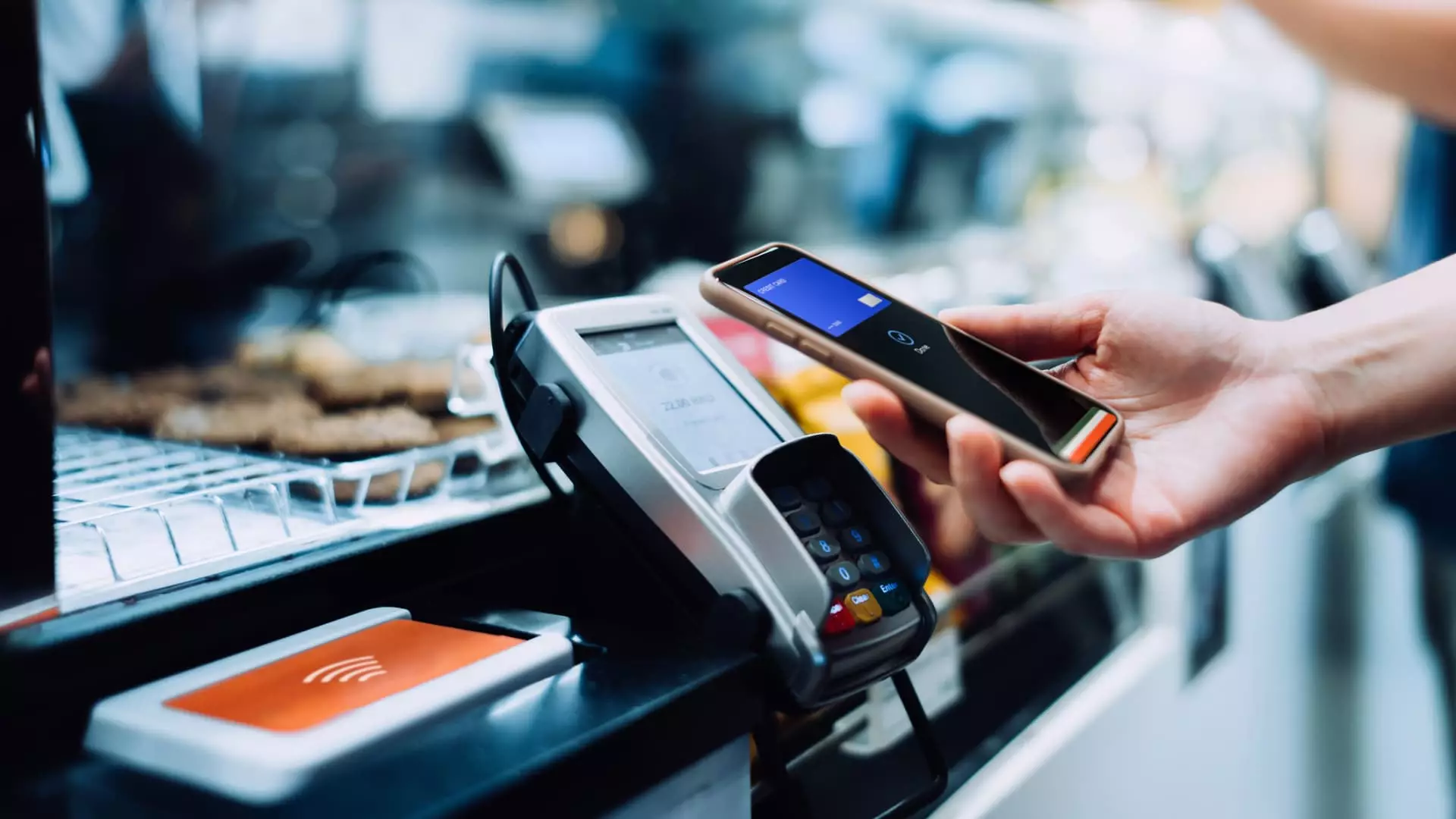In a rapidly evolving digital economy, the race for supremacy in peer-to-peer payment platforms is heating up. Companies like Venmo and Cash App, both of which emerged as frontrunners in this sector, are beginning to show stark differences in their trajectories. With the latest quarterly reports dropping like a bombshell, it becomes evident that while Venmo is surging ahead, Cash App is facing some unsightly turbulence. This contrast is not just a reflection of numbers but highlights deeper issues related to strategic focus, user engagement, and overall market positioning.
Venmo’s Strategic Edge
Under the leadership of PayPal’s CEO, Alex Chriss, Venmo is aggressively monetizing its features and capitalizing on its user base. Recent statistics reveal a remarkable 20% revenue increase year-on-year, a metric that’s particularly pertinent considering PayPal’s focus on improving monetization per user. This approach is not merely about pushing users to spend; it’s geared toward embedding Venmo deeper into the e-commerce experience. Features such as instant transfers and the Venmo debit card are not just revenue generators; they help enmesh users in a sticky ecosystem that encourages continuous engagement.
Unlike Cash App, which seems to be struggling to define its banking identity, Venmo has successfully carved out a niche. The ability to facilitate transactions in real time, coupled with an ever-growing arsenal of services, positions Venmo advantageously in a market crowded with alternatives.
Cash App’s Rocky Path
On the flip side, Cash App has entered a challenging phase. Despite reporting a gross profit growth of 10%, the shortfall against expectations was glaring. Block, Cash App’s parent company, is under scrutiny after a disappointing revenue forecast, leaving many analysts skeptical about its future prospects. CEO Jack Dorsey’s acknowledgment of the app’s challenges is sobering. His admission of inadequacies in focusing on the “network density” speaks volumes about the internal struggles that might be hampering Cash App’s growth.
The perception issues surrounding Cash App are problematic; many users still don’t associate it with comprehensive banking solutions. This is a significant hurdle, as consumer trust and familiarity are pivotal in this saturated space. While Dorsey is optimistic about the future through the introduction of initiatives like Cash App Borrow, the underlying issues of engagement and user experience are not to be overlooked.
Monetization vs. User Experience
A notable divide between the two platforms lies in their approaches to monetization versus user experience. Venmo has effectively transitioned from being merely a social payment app to a multifaceted financial service that actively encourages its users to engage with various offerings. On the contrary, Cash App’s identity crisis appears to stem from trying to juggle both user satisfaction and revenue generation without effectively showing users the added value of its comprehensive services.
This misuse of focus may have alienated potential users who are looking for an app that can serve their needs without imposing limitations or creating friction in their banking experience. As financial services evolve, consumers are increasingly looking for seamlessness and integration, something that Cash App has yet to fully deliver.
The Future of Peer-to-Peer Payments
As the dominant peer-to-peer payment platforms find themselves at distinct crossroads, the emerging trends will dictate their future. Venmo continues to promote innovative features that promise to deepen customer engagement while extracting monetary value from its user base. In contrast, Cash App is scrambling to redefine itself amidst mounting pressures for greater market presence and perceived utility.
The key takeaway? While Venmo rides a wave of success through strategic expansions and user-centric upgrades, Cash App faces a daunting task of revitalization before it can hope to reclaim its spot in the competitive landscape. As the digital banking framework shifts, these platforms must not only evolve but adapt to ensure they meet consumer demands, lest they risk losing their foothold.

